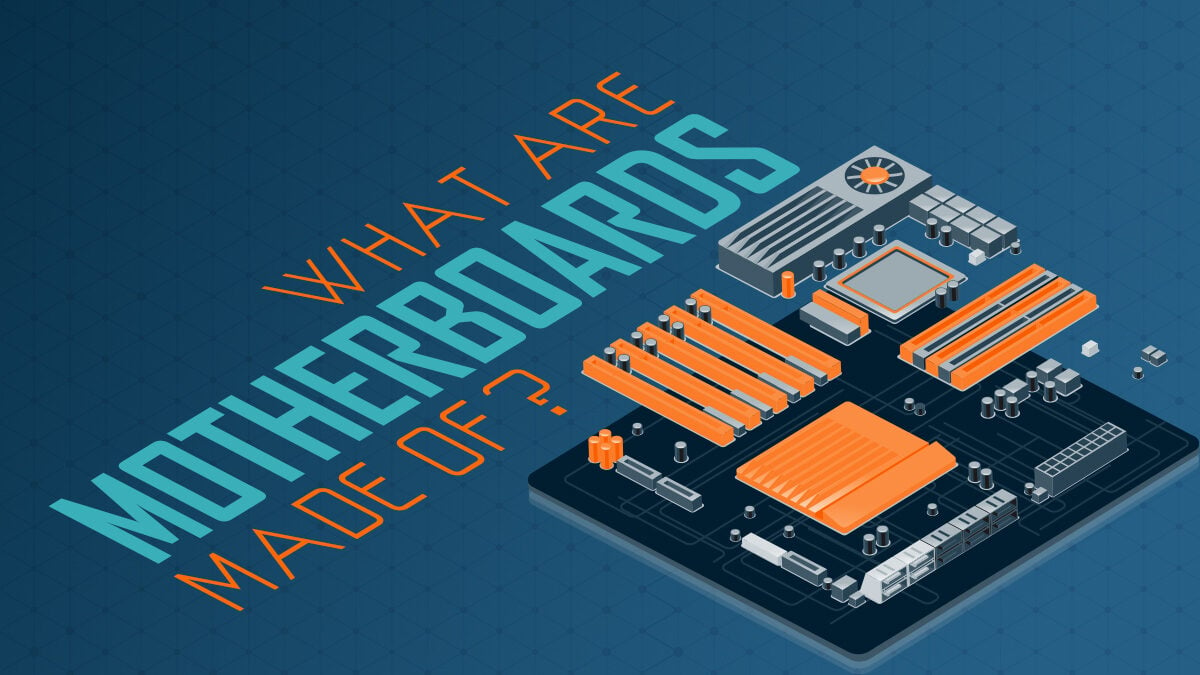VIII. DATA AND ANALYSIS contains the frequencies of answers that are
grouped by age. The numbers in the fields indicate the
number of a certain group of people who responded to this
question. Most respondents were younger than 25 years, and
then followed by people between 26 and 35 years of age. It
is reasonable that most participants in the first group are
students while in the second group most of them are
employed and the relatively even distribution of students
and the unemployed respondents. Most participants own
both a PC and a laptop, followed by those who only have a
PC and last are laptop owners. In almost all groups,
participants indicated that they spend more than 4 hours per
day on a computer, and the average age of a computer in all
of the groups is 3 years or less. Most common use of
computers for the group under the age of 25 years for fun,
79 out of 171 participants, followed by communication and
education, and work is in last place. In the second group,
most people (54) also chose fun, 30 people chose work and
23 people chose communication. Education is in the last
place. The next groups also use their computer mostly for
the work while the other categories are poorly represented.
Acording to the type of the chipset Intel is leading in all
groups, followed by AMD. A relatively small number of
people do not know what chipset they have, and only a few
people have chosen the option 'Other'. These responses are:
nVidia (3 persons), Gigabyte, ASRock, and nForce 4.
Chart I. shows the response to the question of whether
there were any malfunctions on the motherboard where it
shows that in the first age group, more respondents said no
although quite a large number of people responded
affirmatively to this question.
In second age group, the
situation is reversed. More respondents encountered
motherboard failure than those who did nVIII. DATA AND ANALYSIS
Table I. contains the frequencies of answers that are
grouped by age. The numbers in the fields indicate the
number of a certain group of people who responded to this
question. Most respondents were younger than 25 years, and
then followed by people between 26 and 35 years of age. It
is reasonable that most participants in the first group are
students while in the second group most of them are
employed and the relatively even distribution of students
and the unemployed respondents. Most participants own
both a PC and a laptop, followed by those who only have a
PC and last are laptop owners. In almost all groups,
participants indicated that they spend more than 4 hours per
day on a computer, and the average age of a computer in all
of the groups is 3 years or less. Most common use of
computers for the group under the age of 25 years for fun,
79 out of 171 participants, followed by communication and
education, and work is in last place. In the second group,
most people (54) also chose fun, 30 people chose work and
23 people chose communication. Education is in the last
place. The next groups also use their computer mostly for
the work while the other categories are poorly represented.
Acording to the type of the chipset Intel is leading in all
groups, followed by AMD. A relatively small number of
people do not know what chipset they have, and only a few
people have chosen the option 'Other'.
These responses are:
nVidia (3 persons), Gigabyte, ASRock, and nForce 4.
Chart I. shows the response to the question of whether
there were any malfunctions on the motherboard where it
shows that in the first age group, more respondents said no
although quite a large number of people responded
affirmatively to this question. In second age group, the
situation is reversed. More respondents encountered
motherboard failure than those who did n






0 Comments